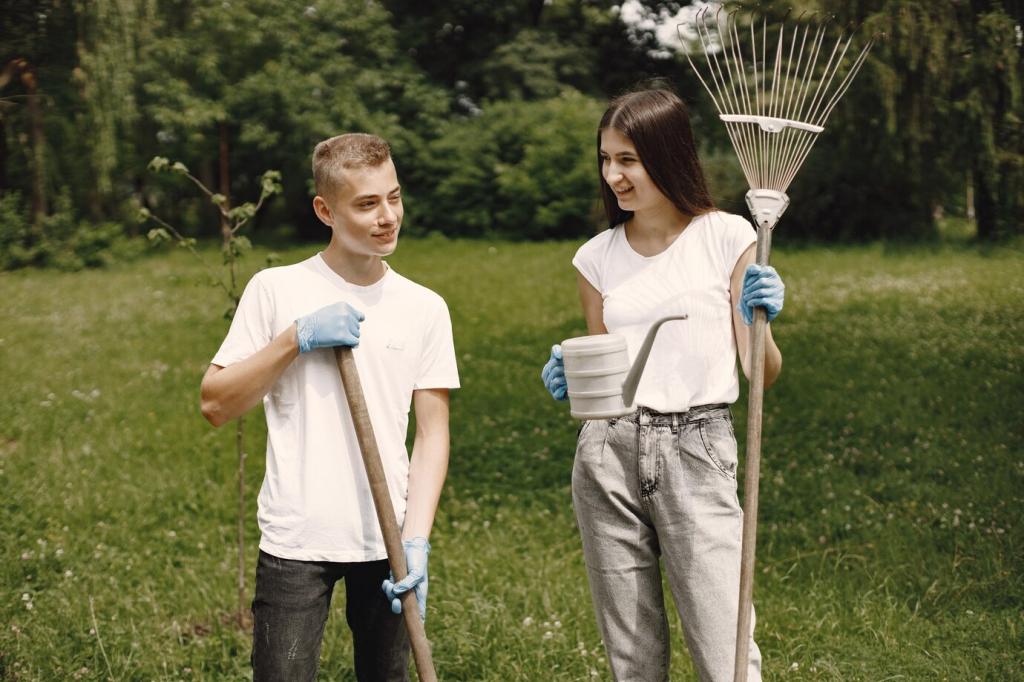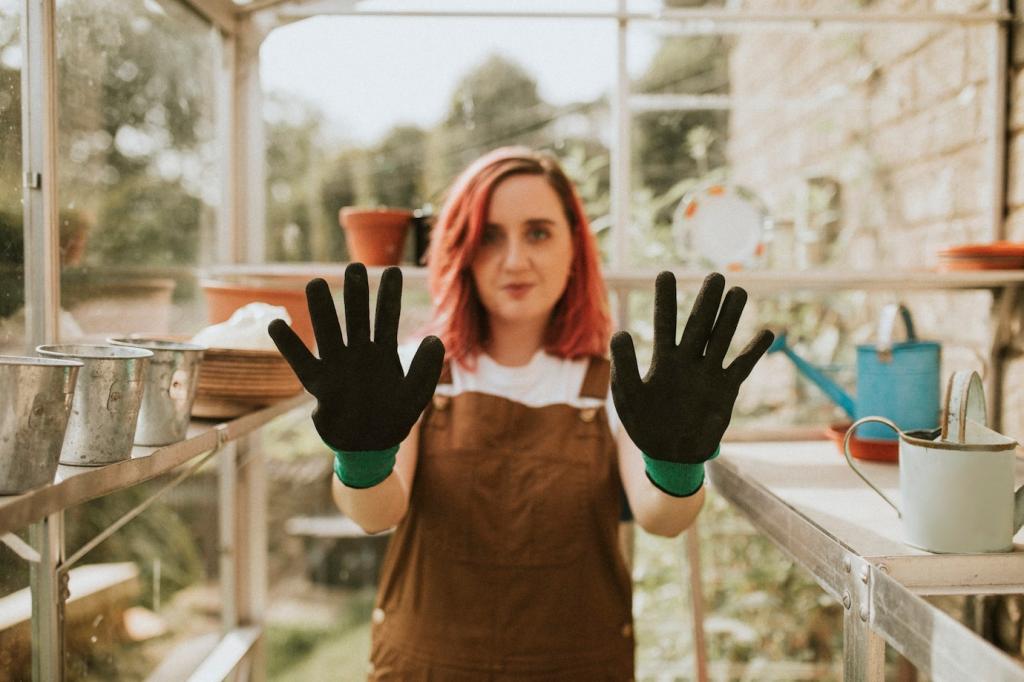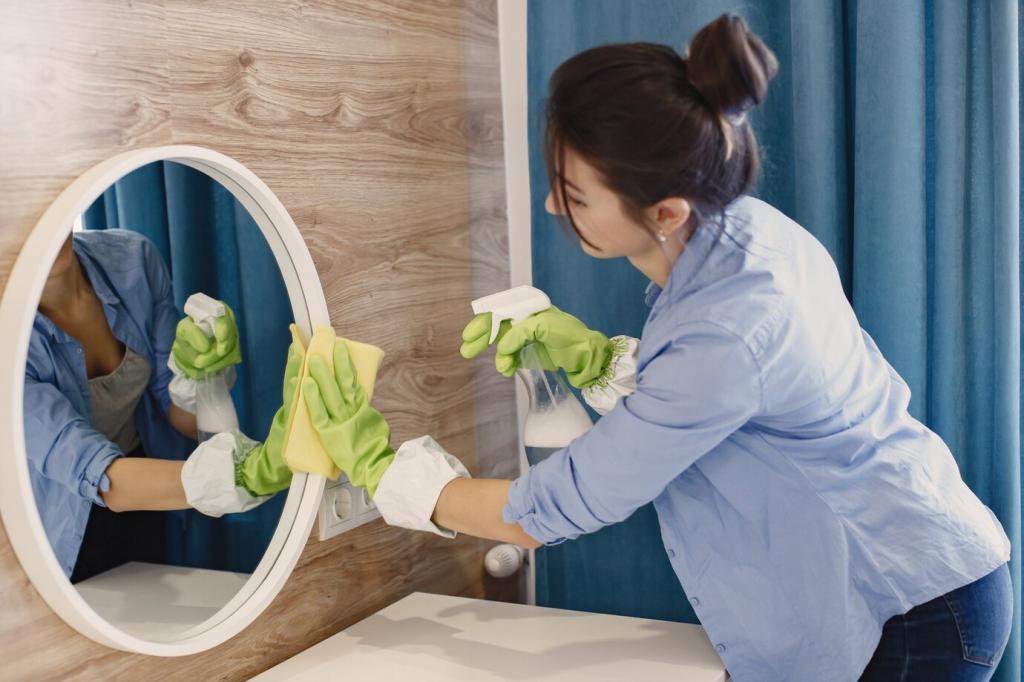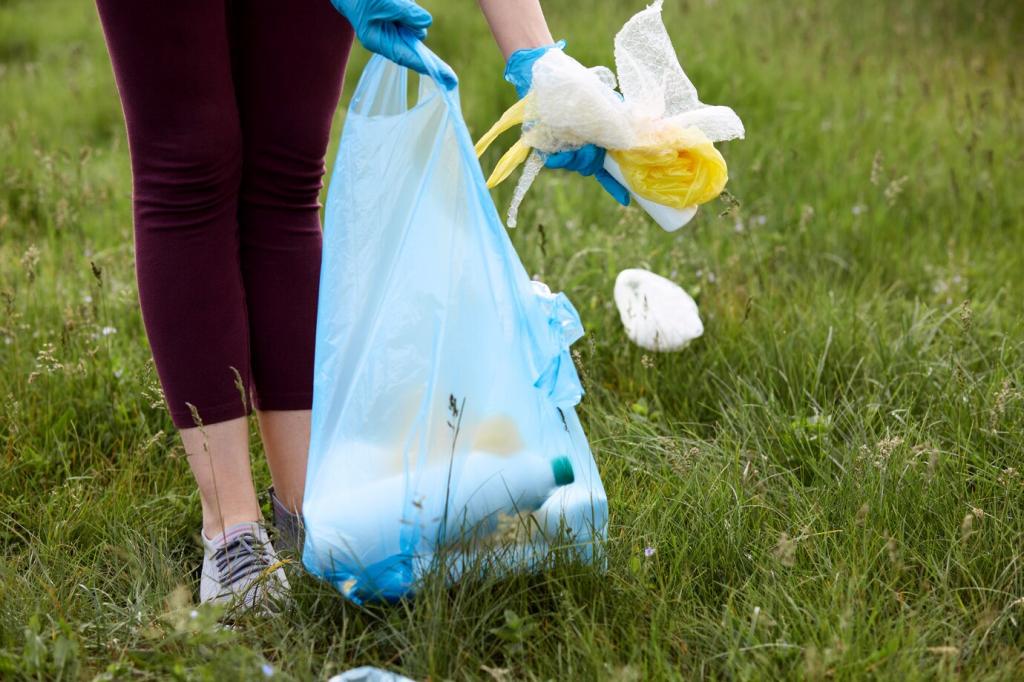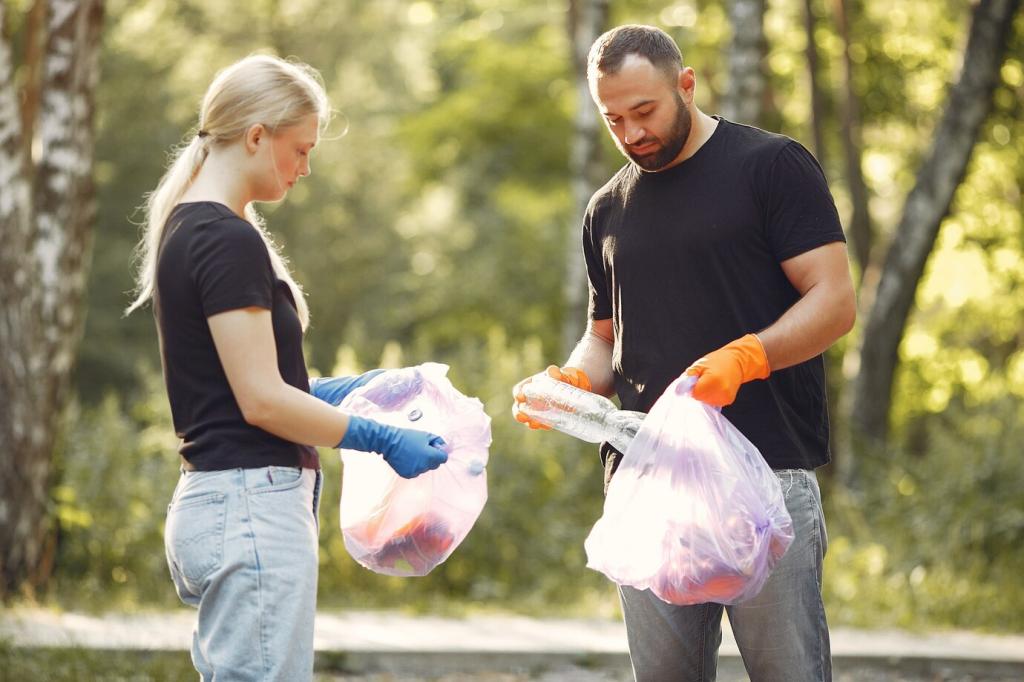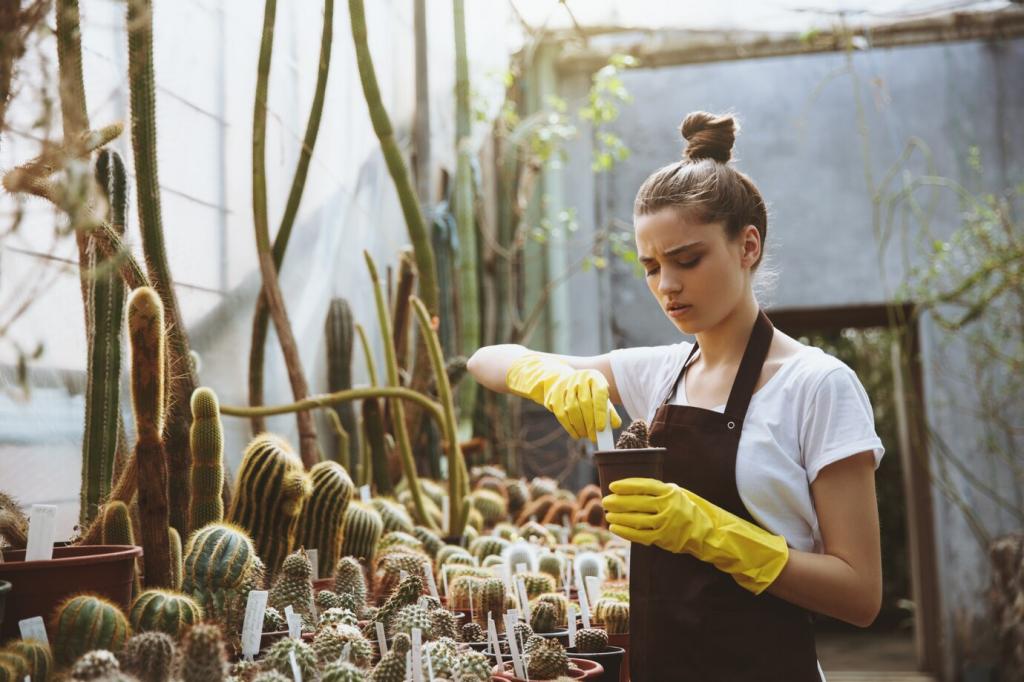Why Green Upholstery Cleaning Products Matter Now
Conventional cleaners may release volatile organic compounds that linger long after the cushions dry. Green upholstery cleaning products aim for low-VOC formulas, meaning fewer fumes, clearer heads, and a living space that feels truly restful after you tidy up.
Why Green Upholstery Cleaning Products Matter Now
Plant-derived formulas target soil without the sting of harsh solvents. Families dealing with sensitive skin or seasonal sniffles often notice fewer flare-ups when switching. Share your experience—did a greener product reduce irritation and still remove stubborn stains?



